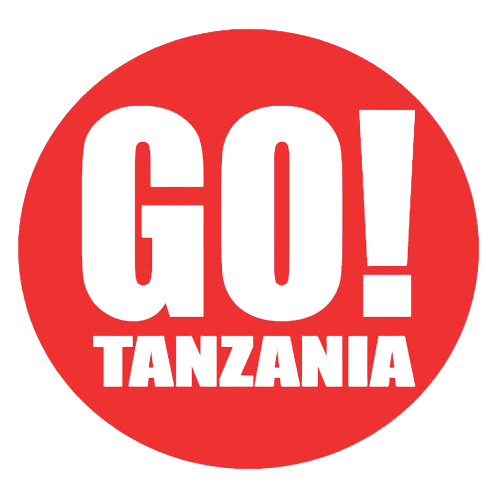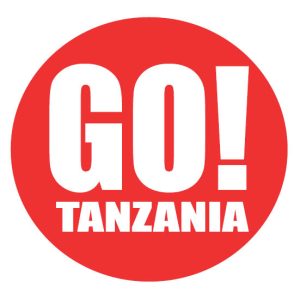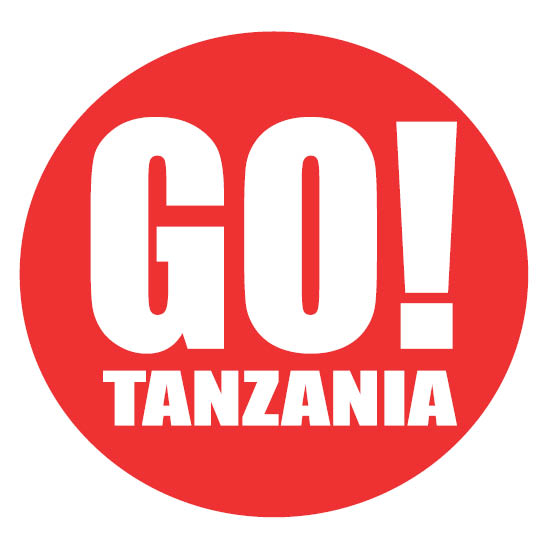
September is rich with historical and political developments in our region. Over the past few decades, several major turning points have unfolded during this month, leaving major repercussions for Arab politics and the role of Arabs both as people and leaders.
On Sept. 28, 1970, President Gamal Abdel Nasser died during the war between Jordan and Palestinian guerrilla organizations that became known as Black September. Nasser’s death and the Palestinian freedom fighter movements losing what had been their primary base since their inception in the late 1960s was the greatest shock to traditional Arab nationalist thought of its kind.
At the time, many assumptions and convictions that had withstood (albeit tenuously) the defeat of June 1967 collapsed.
A wounded Nasserism sought to survive through the War of Attrition (1967-1970). However, this effort collapsed with Nasser’s death and was ultimately brought to an end by the “coup” of his successor and former comrade-in-arms, Anwar Sadat.
Indeed, after Sadat struck those he called the “centers of power” through the Corrective Revolution in May 1971, everything that Nasserism represented — as an idea, a practice and a web of alliances — was eradicated.
Sadat led a socialist, Arabist Egypt away from the Soviet Eastern bloc toward an alliance with the West, breaking with what had been an Arab consensus and betting on a unilateral peace agreement with Israel.
The Arab world’s second September turning point came on Sept. 11, 2001, when Al-Qaeda operatives launched unprecedented attacks with civilian passenger planes in New York, Washington and rural Pennsylvania, killing almost 3,000 people.
Al-Qaeda was one manifestation of militant Islamism. It developed as an alternative to a series of governance experiments in the Arab and Islamic worlds that followed the independence era (the second half of the 1940s).
In the Arab world, a group of Arab states gained independence. Some upheld the banner of Arabism, others waged struggles in the name of their Islamic identity and some bet on an enlightened modern bourgeoisie that did not see enmity with the West as inevitable within the context of a global Cold War that began with the end of the Second World War and ended with the fall of the Berlin Wall and the collapse of the Soviet Union.
In the Islamic world, the loyalties of the most prominent newly independent states were varied. There was the nonalignment of Ahmed Sukarno in Indonesia and the Islamic passions of Pakistan, which was eager to build a distinctive religious identity in opposition to the secularism of India and then as part of the Western alliances that emerged to contain the Soviets during the 1950s. Indeed, Pakistan was a member of two such alliances: the Baghdad Pact (later the Central Treaty Organization) and the Southeast Asia Treaty Organization.
The setback of the Arab alternative following 1967 was followed by the decline of the leftist-revolutionary alternative after the events in Jordan (1970), Egypt’s alignment with the West (early 1970s) and then the armed Palestinian withdrawal from Lebanon in 1982 following the Israeli invasion. All of these developments revived a third alternative: the Islamic alternative, especially after the success of Ayatollah Khomeini’s revolution in Iran in 1979.
It seems that allowing Israel to eliminate the leadership of Hezbollah has had extreme consequences, and more will follow.
Eyad Abu Shakra
This alternative imposed itself in several Arab arenas. American support for the Afghan mujahedeen and their allies — including some Arabs — in a war aimed at trapping the Soviets in the Afghan swamp brought armed struggle back to prominence. However, as we recall, Washington turned its back on this alternative (its Sunni manifestation at least) as soon as the communist enemy fell in Moscow.
This betrayal, as the armed forces of Sunni political Islam saw it, drove Al-Qaeda to target the US on Sept. 11, 2001. The subsequent US response began in Afghanistan, where it targeted the Taliban (the successor of the mujahedeen). It then attacked Iraq under the pretext of eliminating its destructive military capabilities that could threaten Israel, which did not exist.
In 2003, Iraq was attacked and occupied and Saddam Hussein’s regime was overthrown. As a result, Iraq, the “eastern gate of the Arabs,” became easy prey for the Iranian mullahs, whom Washington had long ignored. The US decided not to target them despite their political rhetoric, geopolitical expansion and development of a nuclear program.
Sept. 27, 2024, was a turning point for dealing with “political Shiism,” which emerged as a result of America’s silence. It seems that allowing Israel to eliminate the leadership of Hezbollah, which is the spearhead of Iran’s Islamic Revolutionary Guard Corps, has had extreme consequences, and more will follow.
Hezbollah, which has helped the Iranian regime build its influence in the Arab world — from the Gulf to Syria and from Palestine to Yemen — on numerous occasions, was not just an organization allied with or subordinate to Tehran … it was organically linked to it. It was an integral pillar of the Tehran regime’s security architecture.
Many questions arose after Iran’s leadership betrayed Hamas, standing idly by despite Israel’s assassination of its leader, Ismail Haniyeh, in the heart of Tehran.
Some responded to these many questions by reminding those who posed them that Hamas, is, after all, a Sunni organization; Iran had supported it purely to maintain its pretense of championing the Palestinian cause and to create the impression that it was doing more than the Arabs and Muslims.
However, its alliance with Hezbollah is entirely different. Not only is it a Shiite movement, with members and leaders from families claiming to be descendants of the Prophet (Ahl Al-Bayt), but it also materially and operationally constitutes the Lebanese branch of the IRGC.
Accordingly, what happened on the evening of Sept. 27 — the third September turning point — will create an entirely new situation in Lebanon and the region. It may, in the coming weeks or months, decide the issue of a settlement on Iran’s role in the Arab world.
- Eyad Abu Shakra is managing editor of Asharq Al-Awsat. X: @eyad1949.
This article first appeared in Asharq Al-Awsat.




